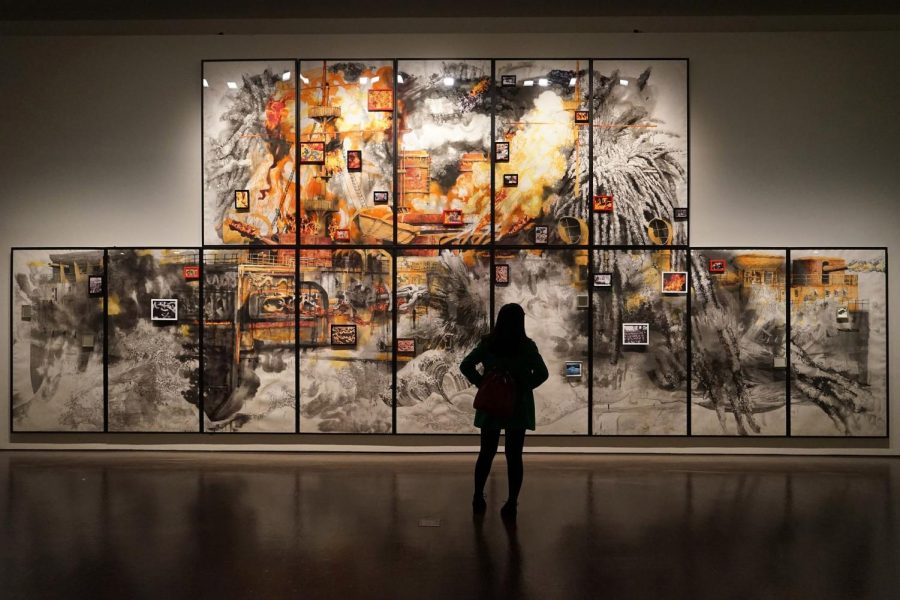Smaller museums provide an immersive learning experience
Image by cdd20(愚木混株) from Pixabay
As a student hoping to enter a career in history, museum visits can be an insightful opportunity for learning about my local, national, and international past. With these visits, I believe that large museums cannot recreate the same connection and experience that smaller, local museums provide their guests.
While I haven’t had the chance to visit larger museums in person, I have done a virtual walkthrough of the Smithsonian Museum of Natural History. I enjoyed going through the halls and exhibits they had to offer, showing global evolution from a large range of species and eras. Larger museums are able to bring many parts of the world together to display to a wide audience, making them easily accessible to most viewers. With this grandeur, however, there come some costs to the viewer’s experience.
It can be overwhelming to absorb, understand, and appreciate history from so many times and parts of the world. The Smithsonian gave me a lot of visual impressions, large displays of fossils “fighting,” the visual evolution of Homo sapiens skeletons, with many organic and inorganic relics in between. Despite these takeaways, there ended up being so much to see that I remembered few of the facts behind those displays. Due to the sheer amount of artifacts, the in-depth stories behind them may not be available or memorable for every exhibit. This holds back visitors from truly learning about the culture and history of the items in front of them. With the focus of these institutions being education, guests deserve to walk away both with amazement and a greater understanding of the world around them beyond the galleries.
This is where smaller museums excel. Their focus on a small amount of concentrated, detailed galleries allows guests to engross themselves in and understand exhibits. This especially helps the local population since the museum has the chance to reach out to local people and include their voice and input in how their history is represented. Elaborating on this idea, many writers agree that the platform and reach of smaller museums are able to foster relationships that allow them to strongly connect and support their local communities. Although well-known museums are capable of this connection as well, I believe that smaller museums hold these relationships in stronger regard.
In my experience, I think that the Honolulu Museum of Art is a great example of how this idea is applied. With my visits, the overarching topics of different locations in the world separated well into a small number of galleries. The display rooms are organized in a way that lets the size of the paintings and artifacts fill the space and guide the viewers in an inviting way. This setup brings guests closer to the pieces and the explanations into the history behind them. I also really enjoyed their exhibition hall, featuring the art of local artists in a space that threads together an artist’s pieces with history such as the works of Hung Liu. Additionally, I have heard from local museum curators explain that they prioritize reaching out and giving back to members of the local indigenous population. This feature was important to me because it shows that the museum cares enough to provide a space for artists and indigenous voices of this era alongside the works from past generations. In all, while larger museums can be an inspiring experience, a visit to your local museum can prove to be just as grand.

Hello, my name is Jolene Palijo, and I’m this year’s Editor-In-Chief for The Cane Tassel! I am a senior in the Academy of Professional and Public Services,...






